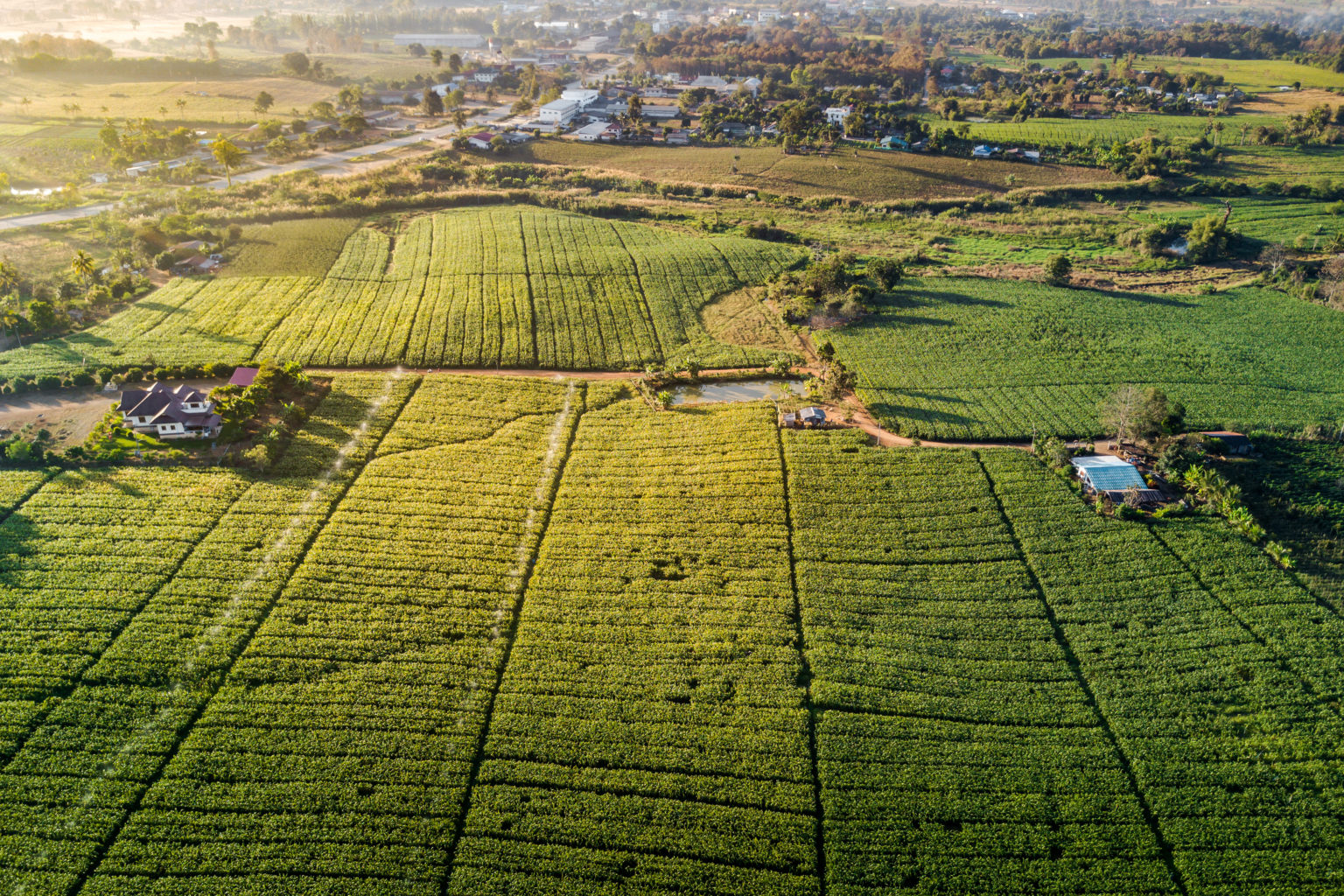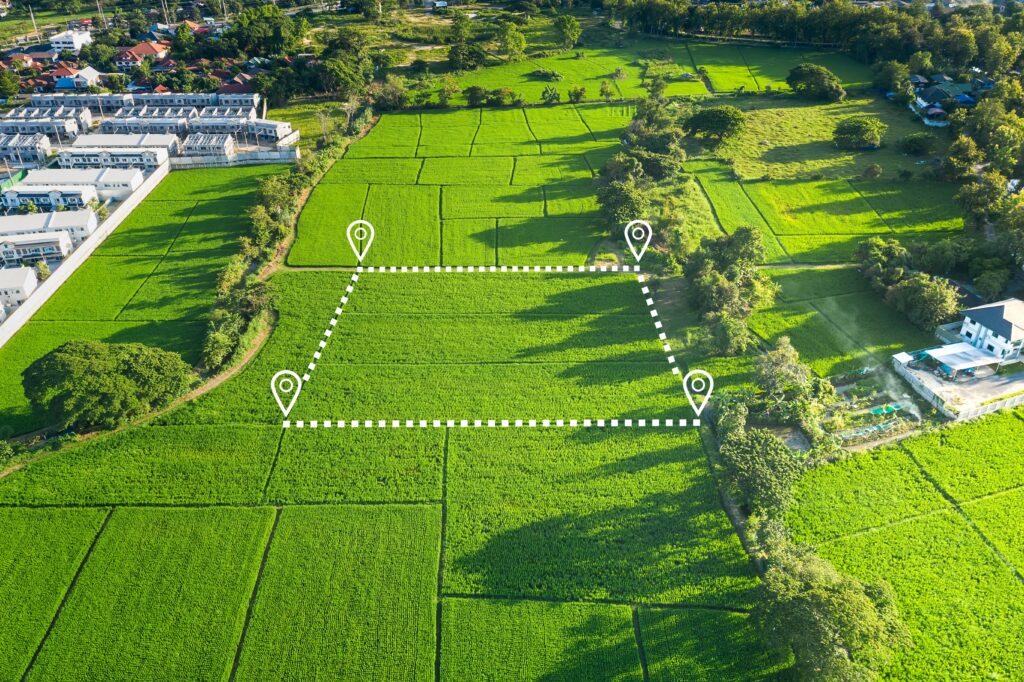Biodiversity Net Gain (BNG) is the approach to land management that goes beyond preservation, aiming to enhance biodiversity. In England, securing planning permissions now demands a minimum 10% net gain in the biodiversity score, ensuring that development benefits the environment rather than causing harm.
Off-Site BNG Solutions
When on-site BNG isn’t feasible for developers, alternative strategies come into play. This can involve off-site BNG, achieved through purchasing BNG units from third parties, or the acquisition of statutory biodiversity credits. Farmers, with their ‘less productive’ land, can play a crucial role in this process by establishing HGSs.
HGSs Defined
A Habitat Gain Site is an area of land where habitats are created or enhanced to produce BNG units. The number of units generated is determined by the HGS’s scale and the nature of the enhancements. These units are calculated using a national metric to showcase the biodiversity value before and after the works.
Setting Up a HGS: Step by Step
1. Initial Consultation
Engage with an ecologist to determine the baseline biodiversity value of the chosen site.
Agree on the baseline with the local planning authority.
2. Habitat Management and Monitoring Plan
Collaborate with all parties to create a comprehensive plan for habitat creation and enhancement.
Secure the plan using a Section 106 Agreement (s106) or explore a conservation covenant agreement with a Responsible Body.
3. Commitment and Monitoring
Commit to creating and maintaining habitats for at least 30 years.
Regularly monitor the site to ensure the ongoing success of biodiversity efforts.
4. Financial Considerations
Establish pricing for BNG units, factoring in ongoing maintenance costs.
Structure cash flow to cover maintenance expenses from the project’s outset.
Viability and Market Considerations
Research is crucial to determine if setting up a HGS is a viable option. Emerging nature markets provide various end buyers for biodiversity and carbon products. You should also consider the impact on your land’s baseline before entering government schemes like the Sustainable Farming Incentive (SFI) or the Environmental Land Management scheme (ELM).
Benefits and Considerations
Farmers opting for HGSs can receive a capital sum at the outset, offering opportunities for reinvestment and diversification, including ecotourism. However, the 30-year commitment and potential complications, such as reduced land value and limited development options, should be carefully weighed from the start.
While establishing a Habitat Gain Site presents various benefits, it’s essential for farmers and landowners to meticulously consider potential risks. Thorough assessment and seeking professional advice are crucial to ensuring that their land and business can thrive. Nevertheless, creating an HGS is an excellent opportunity for farmers to play a leading role in conservation efforts and help developers achieve their BNG goals.
Do you want to know how Biodiversity Net Gain will affect developments?
Have a look at our other article called What is Biodiversity Net Gain & how will it affect new developments?







